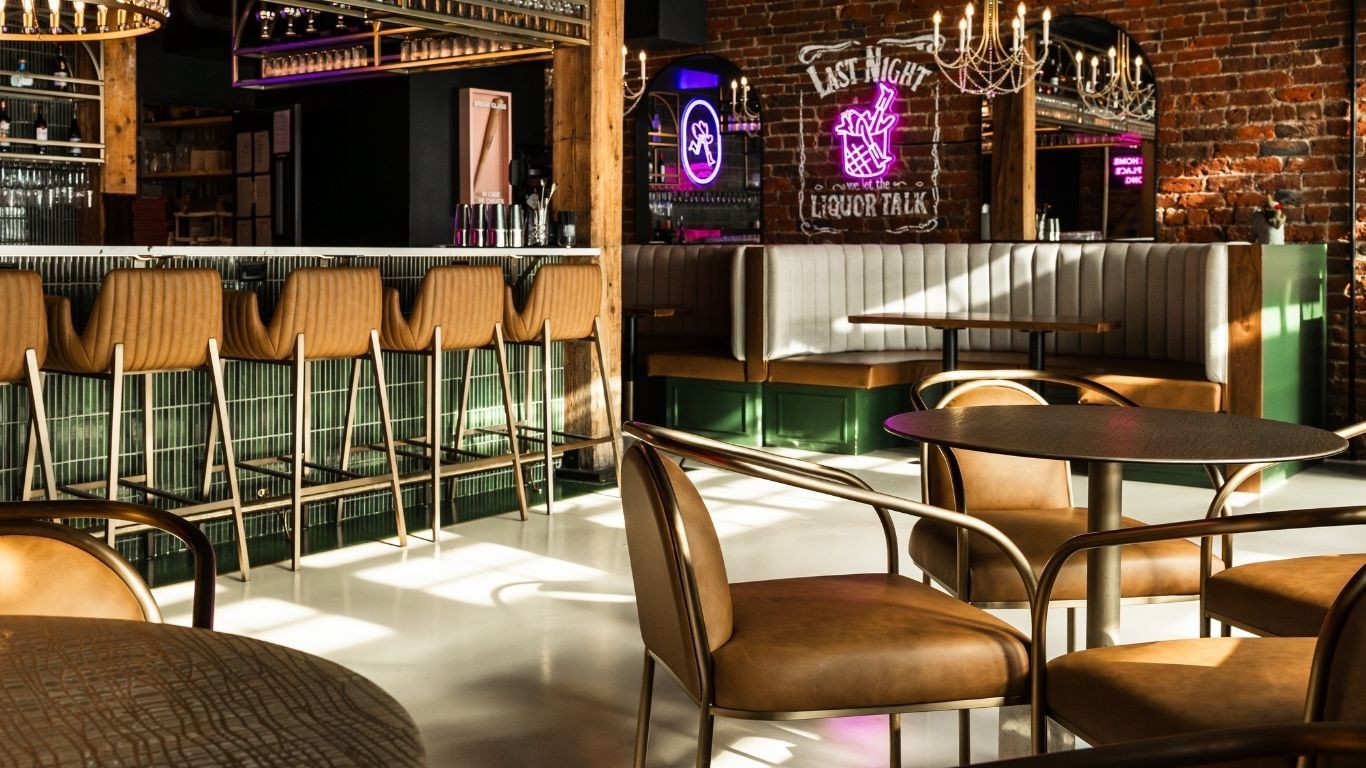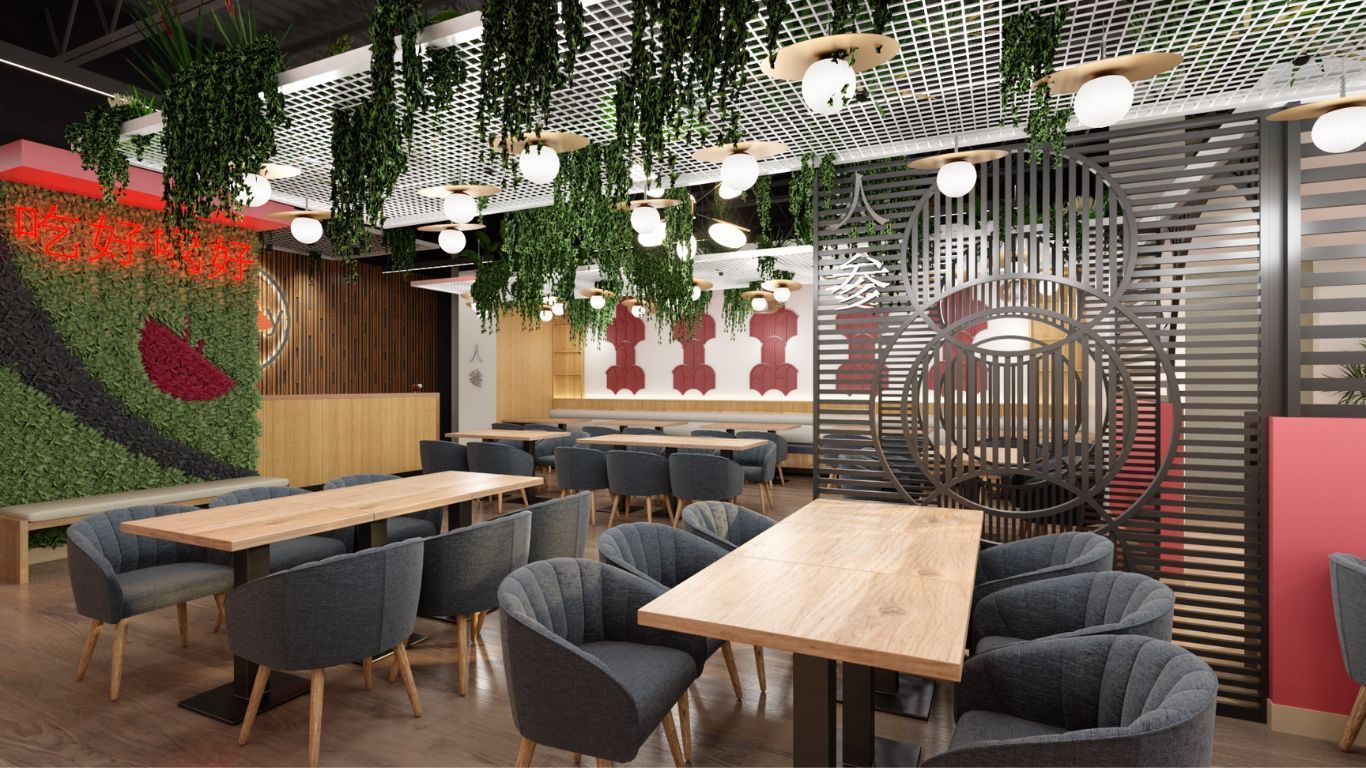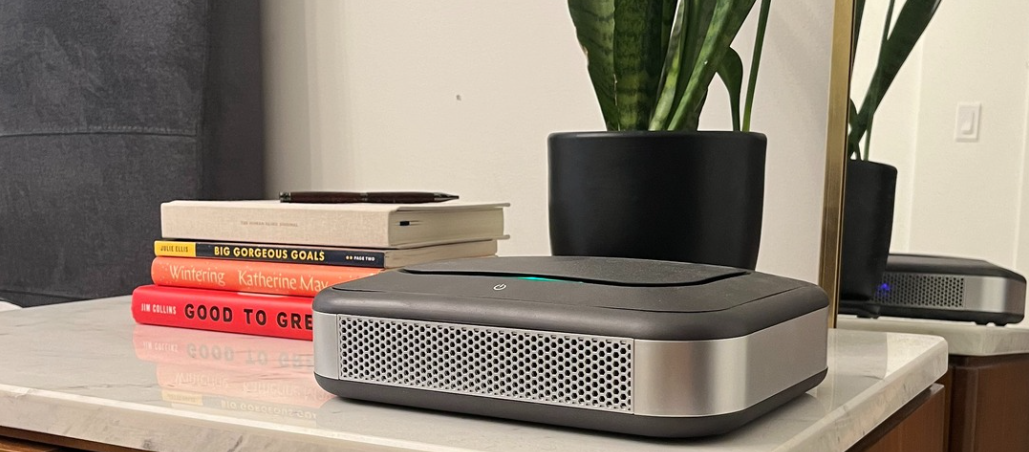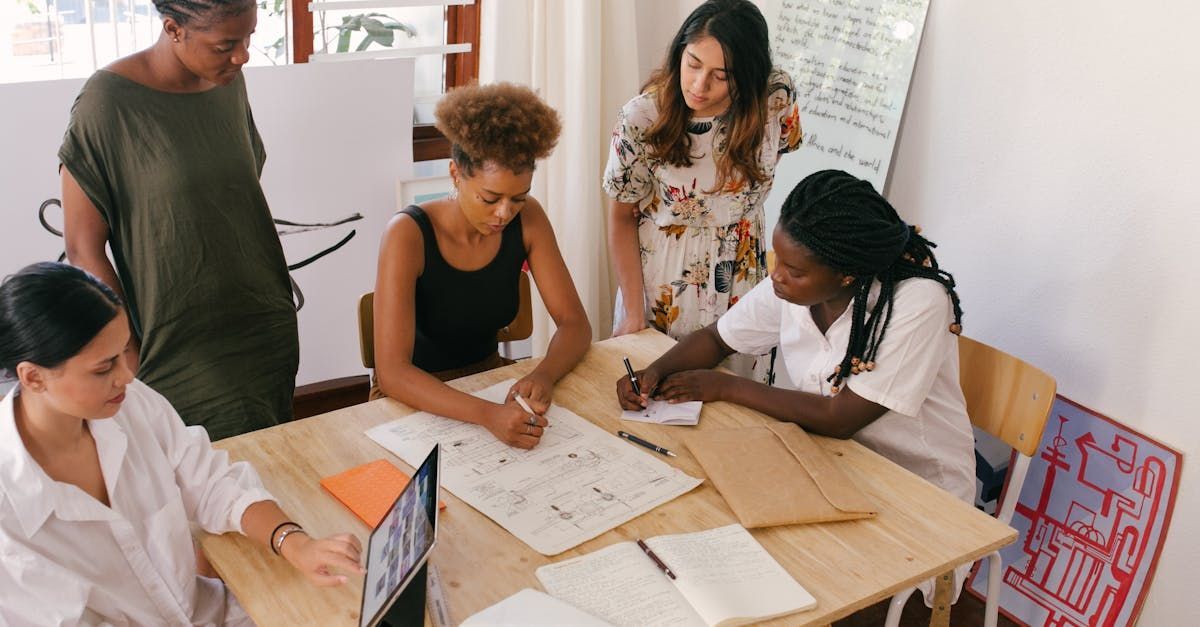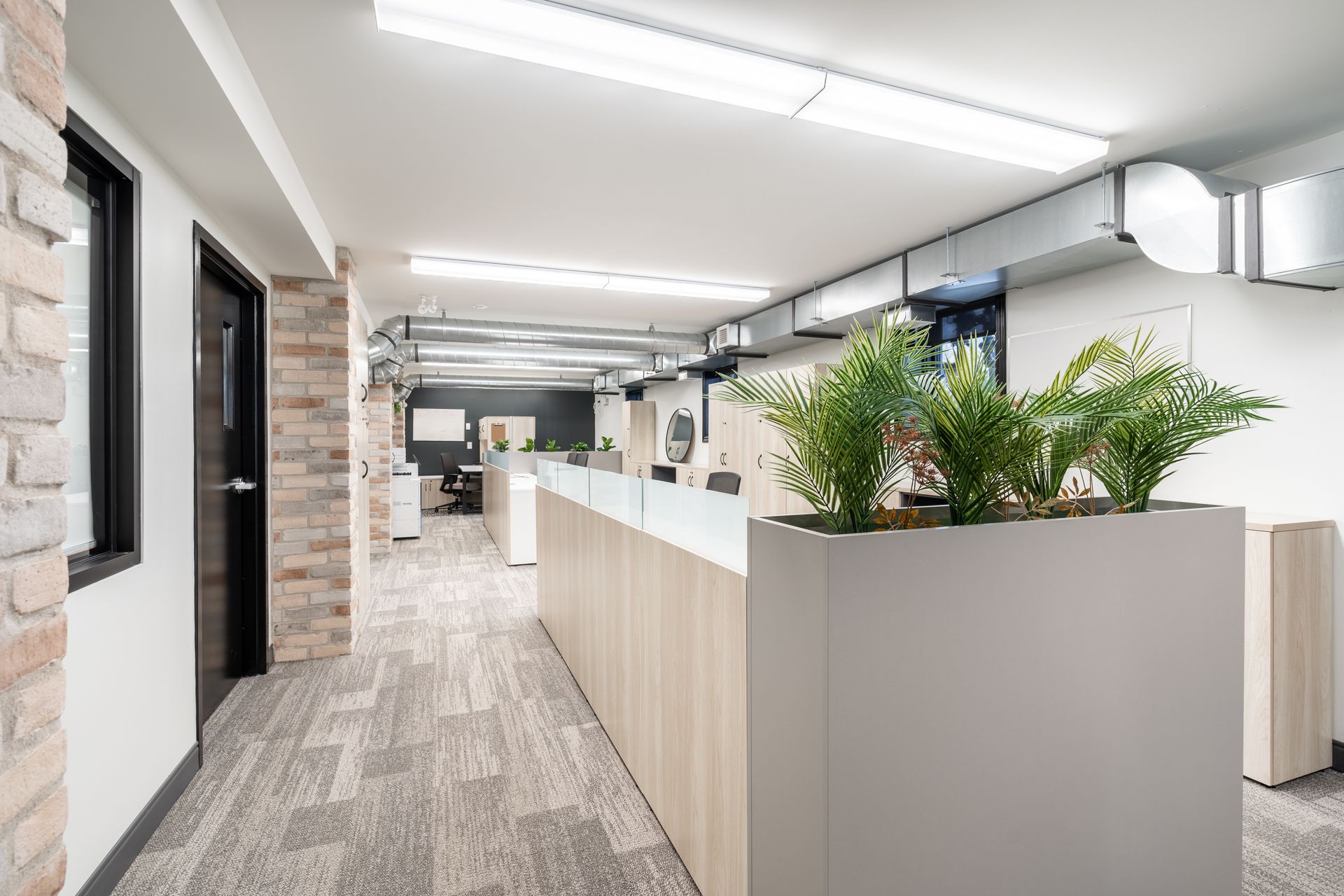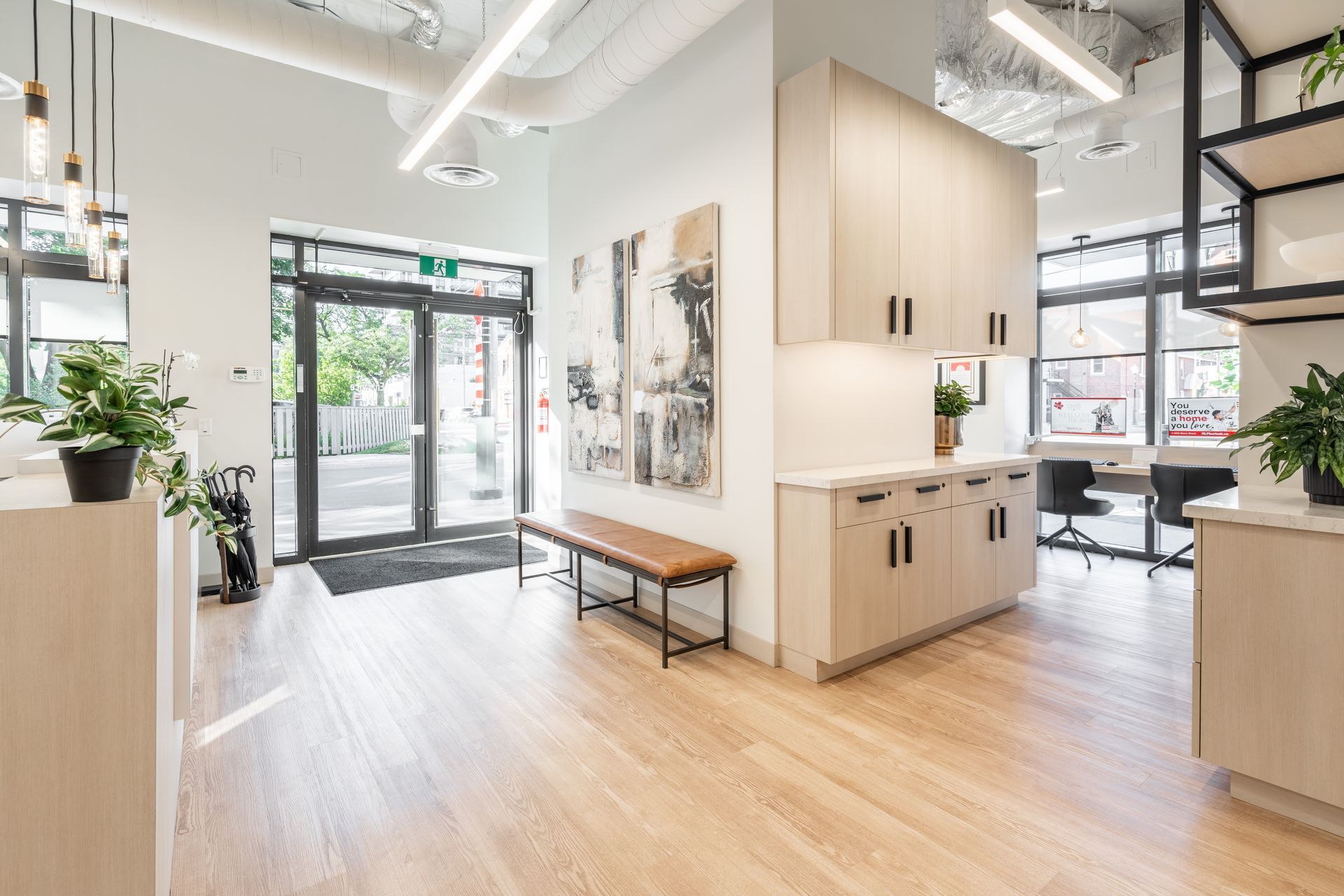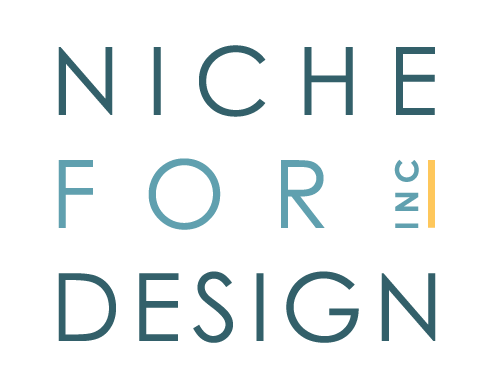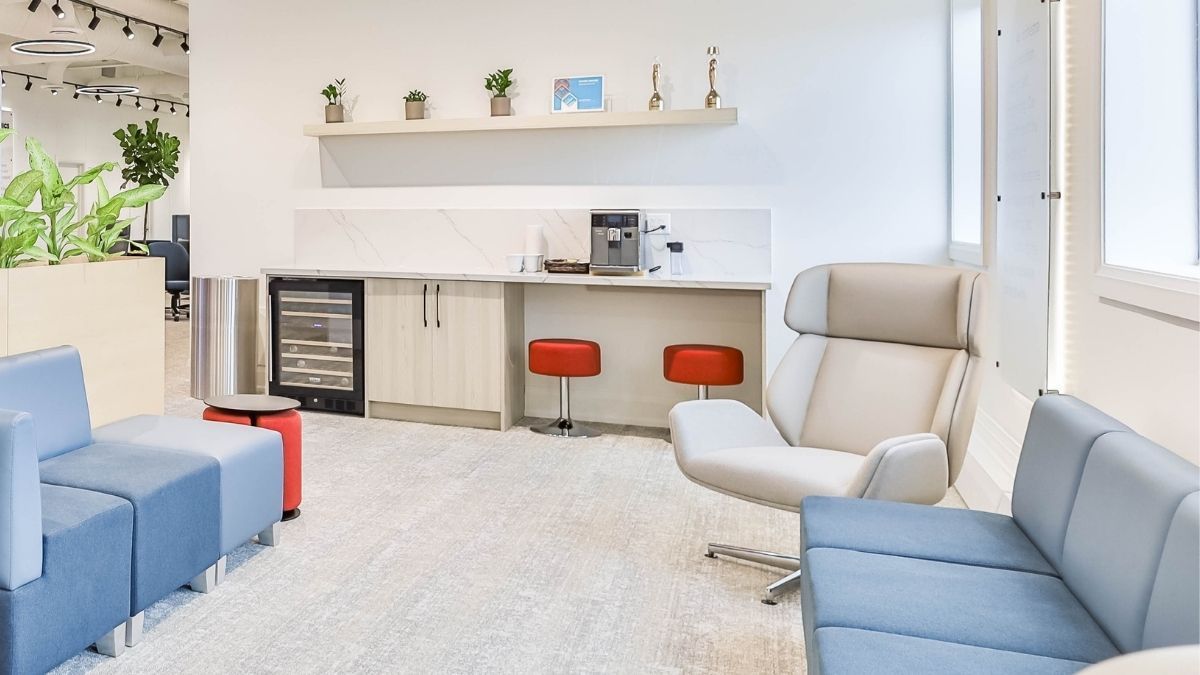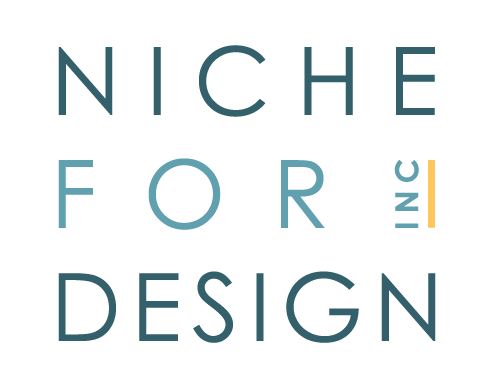Promoting Working From Home in a Post Pandemic World
If anything is certain right now, it is that the the world of work has been irrevocably turned upside-down. Today globally, more people are working from home than ever before, and that transition happened faster than anyone could have imagined. Speaking as an Interior Designer, who designs office spaces for a living, this might sound like a doomsday prophecy. However, I am actually thrilled. Not about the pandemic, of course, but I am optimistic that alongside the benefits of reduced pollution and increased family time, will be a new found understanding of what it really means to support a team within a space.
Over the past century, office design has evolved. We have changed from a population of primarily factory workers, to a cubicle dwelling, knowledge-based workforce, and now I believe that we are about to enter into an all-together new era; one where office design is directed by the needs of an agile workforce. This transition had started long before the Covid-19 pandemic with theories around: remote working, hoteling, flexible office design, activity-based design, employee engagement, productivity and even workplace mental health (more on these topics in future posts).
Certainly, the current situation has accelerated this transition, and regardless of whether you are “team work from home,” or not, this forced trial run may just be a silver lining for all of us. To be clear, I am not 100% a fan of working from home. In fact as an extrovert, having an office space, designed to promote collaboration and support amongst my team members, is a notable part of why I sought to create a team in the first place. Many people prefer working in coffee shops, because even within the isolation of their headphones, the adjacent buzz of others working and moving around is energizing. Millennials, in particular, are notorious for this view. So what is it that we really need from a work environment? Why not just save on office rent and work from home forever?
Well the obvious answers, are fresh in all of our minds and, would include; distractions (pets, spouses, children, laundry, and Netflix), management challenges (which to be clear are not insurmountable with the tools available to us today), and the fact that not all businesses can work this way. However, for certain types of people and certain types of roles, working from home does make sense, at least some of the time. The real opportunity from an office design standpoint is to rethink the way that we utilize office space overall, so that it works for the kind of tasks that make sense to be done in that environment. Research has shown that one of the more significant impacts on employee engagement is choice. Creating the opportunity to be part of developing a flexible work arrangement that works for an individual, can be infinitely valuable in increasing the productivity of that employee and reducing overall turnover. Specifically, this means managing what their needs are in relation to: privacy, focus, collaboration and ultimately work location.
So what would the new office include? There is no one size fits all solution, but overall I imagine that it will be fewer spaces dedicated to an individual. Perhaps, 2 people share one closed office, because 4 of the 5 days of the week, only one of them is actually in the office at a time. The extra square footage could be adapted for a multitude of uses: quiet spaces for phone calls, creative amenity spaces for team building, and collaboration spaces that are actually designed to support the specific work being done by an organization.
There are a million scenarios that could be evaluated and implemented to suite the unique needs of a team. It really is quite simple when we think about it, and maybe learning that we can work with a partially remote workforce will mean that more businesses will survive the uncertainty that 2020 has delivered.
How is working from home working for your team? Interested in discussing what the future of remote work could mean for your office space? Contact us, we would be happy to chat!
Like this resource? Feel free to share...
